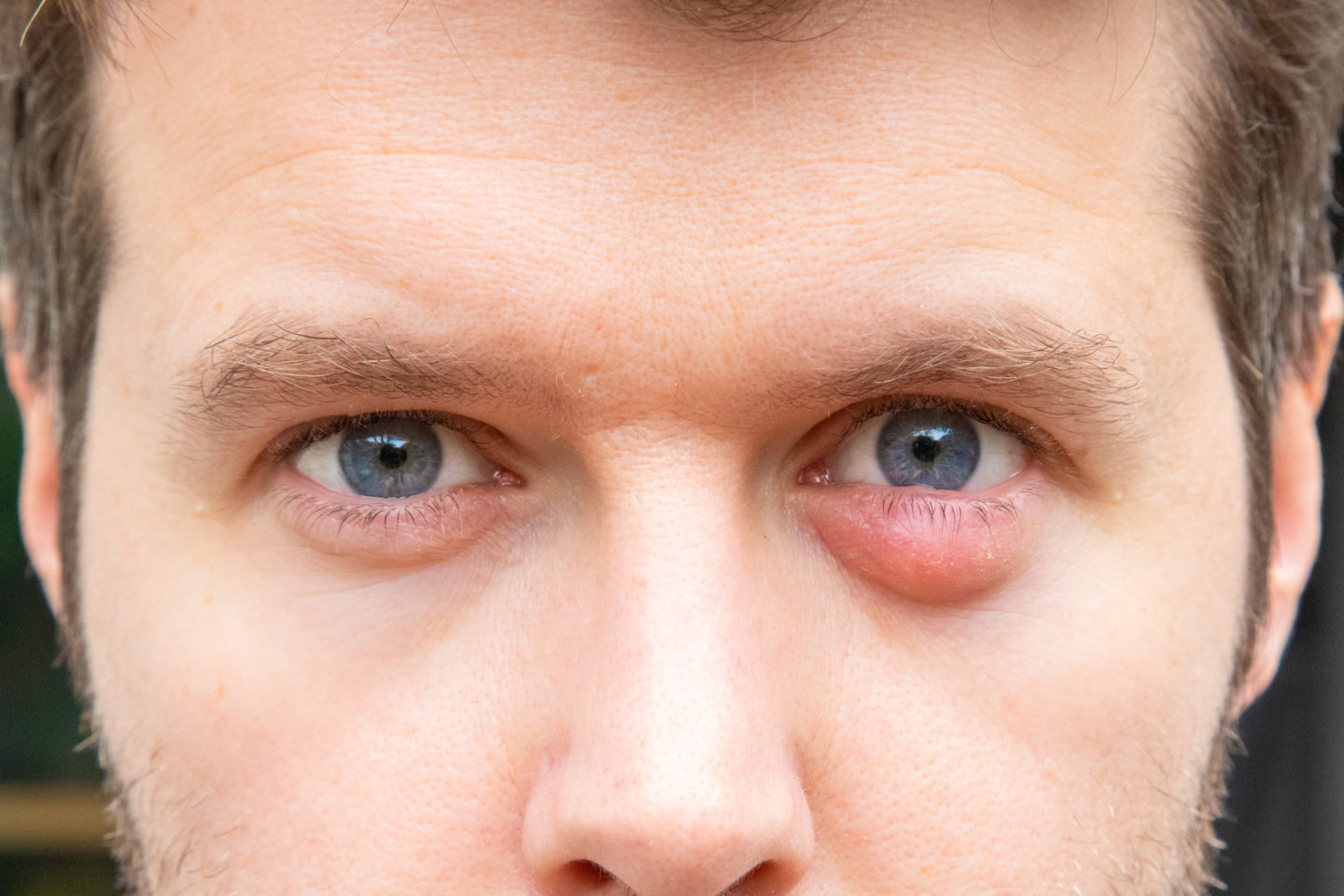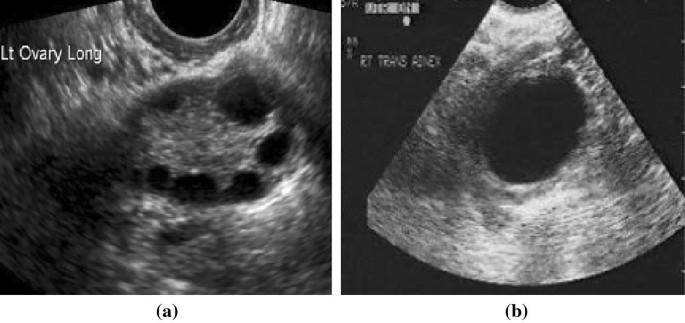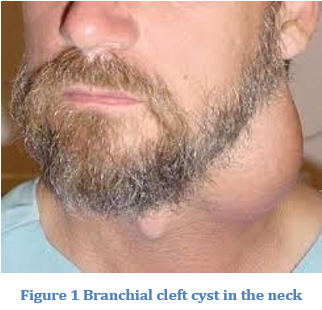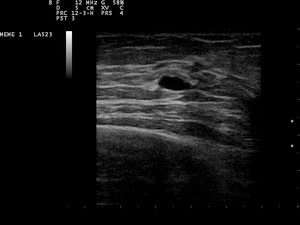What is Cyst?
Causes of Cyst:
- Chronic inflammatory condition
- Parasite
- Unknown breaks in vessel
- Tumors
- Inherited diseases
- Infections
Types of cysts:
Chalazia
Cystic acne
Pilar(trichilemmal) cyst
Mucous cyst
Ganglion
Ganglion cysts are lumps that most commonly develop in the wrist. They're typically round or oval and are filled with a jelly-like fluid.
Ganglion cysts are noncancerous lumps that most commonly develop along the tendons or joints of your wrists or hands.
Fluid accumulation can occur due to injury, trauma, but often the cause is unknown.
They also may occur in the ankles and feet.
Read full article on Ganglion Cyst
Ovarian cyst
Ovarian cysts are closed, sac-like structures within the ovary that are filled with a liquid or semisolid substance.
Most ovarian cysts are not cancerous.
Most ovarian cysts are diagnosed with ultrasound or physical examination. Transvaginal ultrasound is a common way to examine ovarian cysts.
Branchial cleft cyst
Also, known as a cleft sinus, a branchial cleft cyst is a lump that develops in the neck or just below the collarbone.
Branchial cleft cysts form during development of the embryo. They occur when tissues in the neck and collarbone area (branchial cleft) fail to develop normally.
Sebaceous cyst
A sebaceous cyst is a closed sac found under the skin, usually on the trunk, neck, or face. They are filled with cheese-like matter and usually are painless.
Sebaceous cysts may be caused by blocked glands or swollen hair follicles in the skin.
Breast cyst
Breast cysts are a benign (not cancer) condition. They’re one of the most common causes of a breast lump, and can develop in either one or both breasts.
It’s thought they develop naturally as the breast changes with age due to normal changes in hormone levels. It’s common to have more than one cyst.
How to treat cyst in home
In some cases, cysts go away on their own. Putting a warm compress on a cyst can speed up the healing process by helping it drain.
You should never try to squeeze or pop a cyst on your own. This can lead to infection.
Medical Help
Some of these cysts can be treated by simply aspirating the cyst contents through a needle or catheter, thereby collapsing the cyst. Other cysts require surgical removal (some cysts like ovarian cysts can be removed by laparoscopic surgery), especially if there's any suspicion of malignancy.










0 Comments